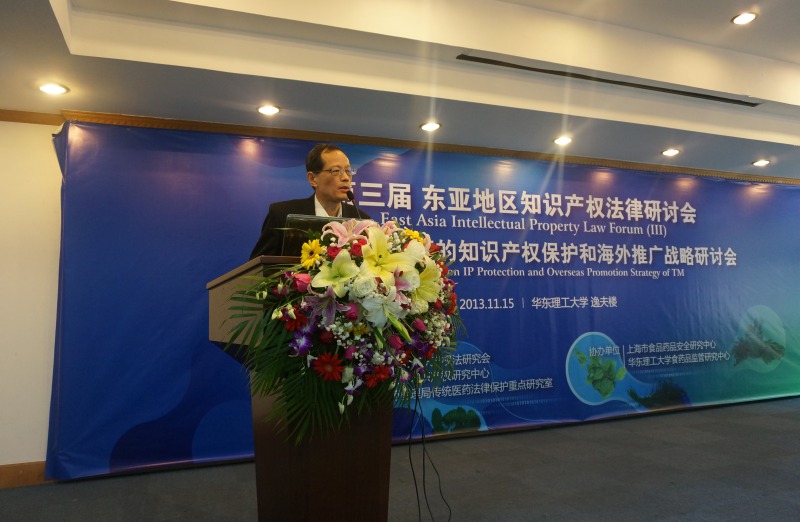Chinese Scientists Reveal Structure and Function of a Novel Family of TRIC Channels
Trimeric Intracellular Cation Channels (TRIC channels) play an important role in human body, and its absence or mutation causes some diseases. TRIC channels have two isoforms with distinctive regulatory properties: TRIC-A and TRIC-B. Mutations in TRIC-A have been linked to hypertension and muscular diseases, whereas mutations in TRIC-B have been linked to bone and pulmonary diseases. The structural and functional analyses of TRIC channels will help people to understand the importance of Calcium ions (Ca2+) in heart muscle cells and skeletal muscle cells.
Bioinformatics analysis revealed that homologs of mammalian TRIC channels also distribute in bacteria, archaea and eukaryotes. Recently, researchers led by Dr. CHEN Yuhang at Institute of Genetics and Development Biology (IGDB) of Chinese Academy of Sciences, analyzed the structure and function of a novel family of TRIC channels. Their work has demonstrated that TRIC channels belong to a novel class of cation channel, which are symmetrical trimers with transmembrane pores through each protomer. Each pore holds astring of water molecules centered at kinked helices in two inverted-repeat triple-helix bundles (THBs). The THB at one side in this structure is open and the THB at the other side locks the channel in a closed conformation. They have also confirmed that prokaryotic TRICs have similar electrophysiological properties as those of mammalian TRICs.
Their research results titled “Structural Basis for Conductance through TRIC Cation Channels” has been published on Nature Communications (DOI:10.1038/ncomms15103), On May 19th, 2017. Researcher SUMing, GAO Feng, Master LI Deling in Dr. CHEN’s Group and QI Yuan led by Dr.Andrew R. Marks are the leader authors of this article, and researcher CHEN Yuhang is a separate author of this article.
This work has been financially supported by the Strategic Priority Research Program of the Chinese Academy of Sciences, the National 973 Project Grant of the Ministry of Science and Technology, and the National Natural Science Foundation.
Source:Institute of Genetics and Developmental Biology
Time:2017.6.22
next:The Otubain-like Protease WTG1 Regulates Grain Size and Shape in Rice


